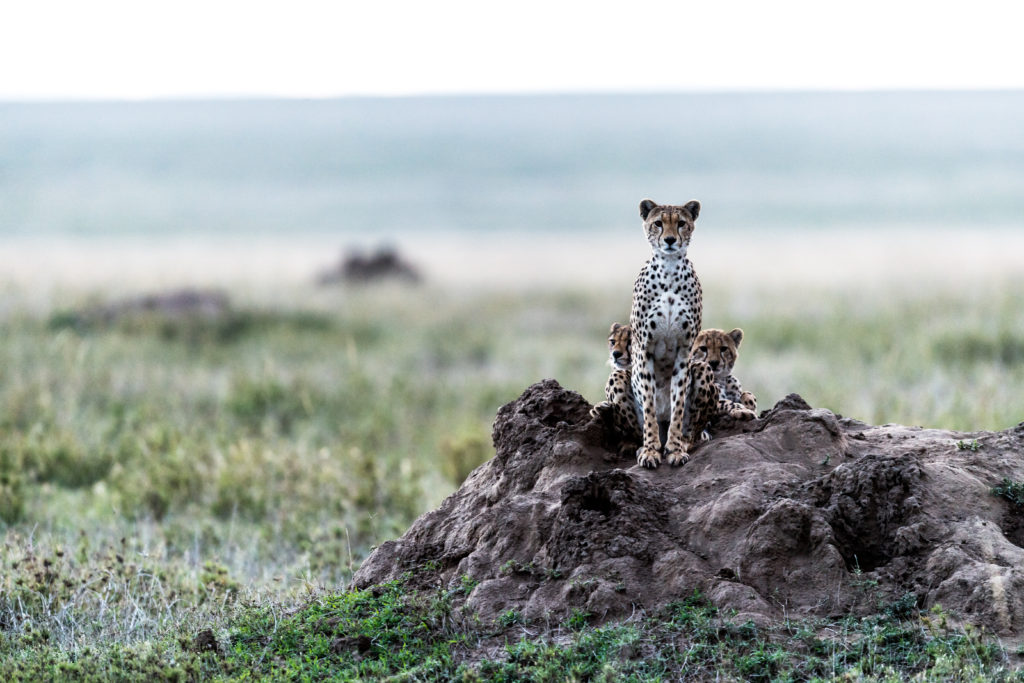The Perfect Photograph in 7 Steps
By George Turner
The wildlife of Africa simply begs to be photographed. No matter which Asilia camp you’re staying at, the variation and spectrum of animals is beyond incredible.However, it’s not as simple as whipping out your DSLR and snapping away! If you want to get those ‘wow’ shots – and make all your friends jealous – there’s some top tips I’d strongly advise sticking to.So, without further ado, here’s my 7 tips to kick-start your wildlife photography skills whilst on game drives. Keep at it and who knows where your newest hobby will lead you!
Know your subject
Wildlife is inherently unpredictable which is exciting and sometimes, frustrating. Before you leave for Africa, pick a species you’re wanting to focus and do your research. When are they most active? Do they prefer forests or savannah? What do they eat? What are their signature behaviors?
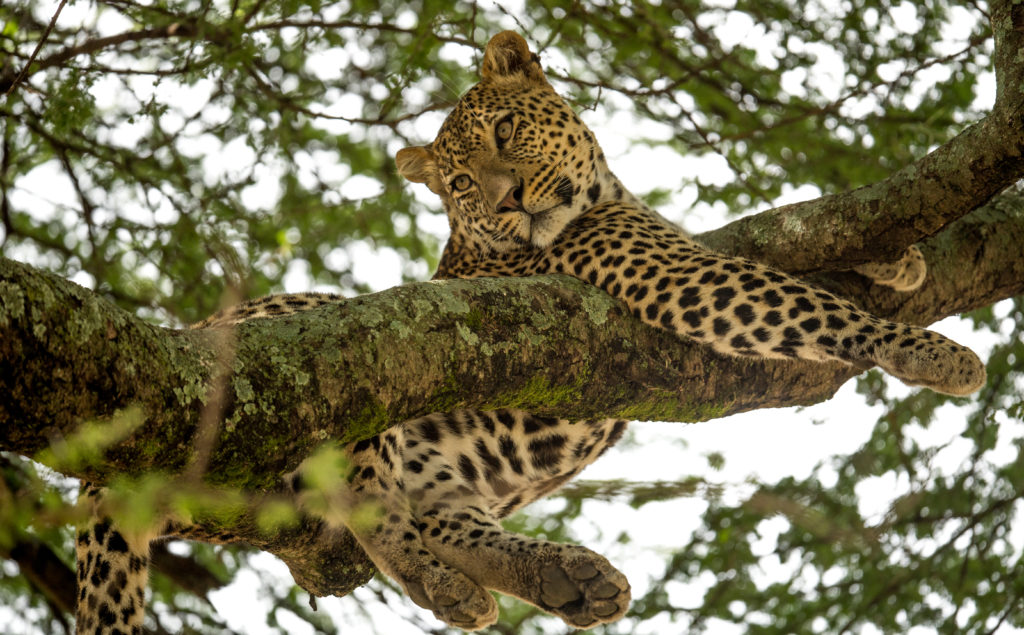
Whilst your guide will have an incredible understanding of your chosen subject, when you [the photographer] can recognise the innate behaviours of your subject, it’ll allow you to better reflect their character in your images.
Gear up
Thanks to massive technological advancements in digital cameras, the barrier-to-entry for wildlife photography has become significantly lower.
To get started, my advice would be a decent DSLR (think Nikon D3300) with an entry-level telephoto (300mm-ish). Bridge cameras work too but the light sensitivity that a DSLR gives you can be a life saver. If you’re feeling creative, invest in a wide angle (anything under 35mm) to give a better feeling of those epic landscapes found all over Africa.
Plan, plan, plan
For the first couple drives don’t expect to get any prize-worthy shots. Speak to your guide and let them know about your aims and objectives, then scout out possible locations. Study how the light of sunrise/set changes the environment, witness the behaviour of your subjects, and then plan images in your head.
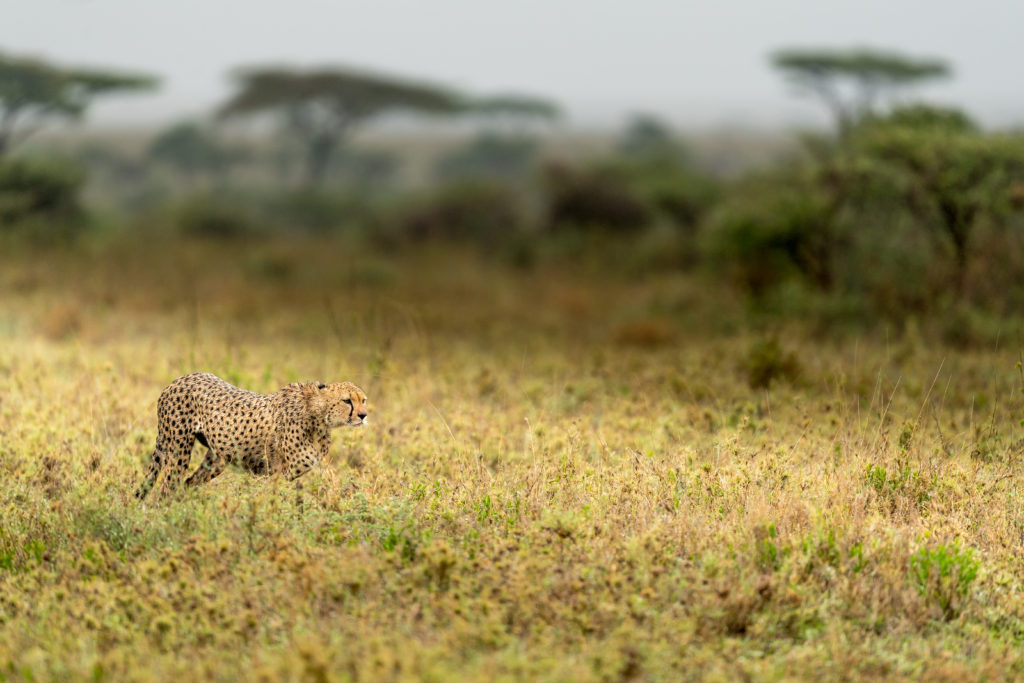
Whilst these might be ‘scouting’ missions, you’re still guaranteed to see some incredible wildlife en-route!
Using light to your advantage
As with all photography, light is everything. For wildlife photography, I’d split it into three categories: backlighting/rim light, standard lighting (direct on subject) and silhouetting.
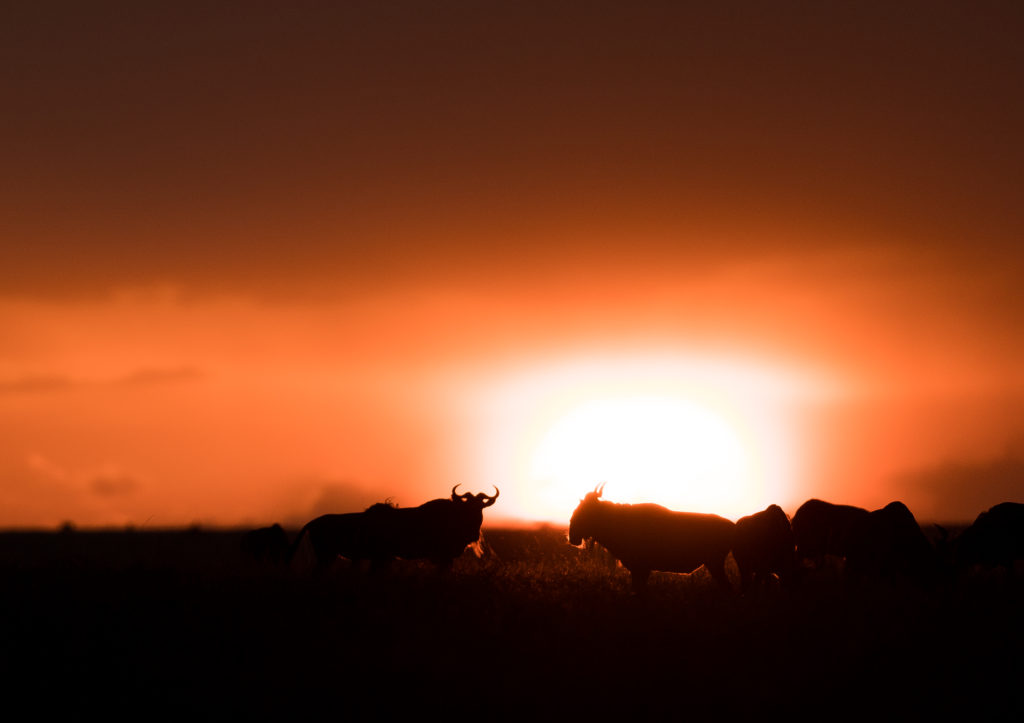
To choose your approach, consider both the type of light and character of the animal. If you’re photographing a lion at sunrise/set, you might want to consider how the light illuminates the male’s mane,or highlights certain features on a lioness’ face.
Frames and backgrounds
Framing: the separates ‘good’ from ‘great’. With long focal lengths, even a slight shuffle to the left or right could change the image entirely. Word of warning though: if you’re in the midst of photographing your subject (and this is always a rule whilst on drives) be careful about sudden movements. Slightly off-framing is better than an image with no animal at all!
As with light, think about how the background complements the animal. Cheetahs in long, soft grass, giraffes framed by trees, and so on. Whilst the eye is naturally drawn to the subject, it’s important the that images sets the scene.
Persistence is key
Landscape photographers will hate me for saying it (!) but wildlife photography is the hardest medium of all. You require good light, interesting landscapes, ideal weather conditions, the animal and of course, for said animal to be doing something interesting.
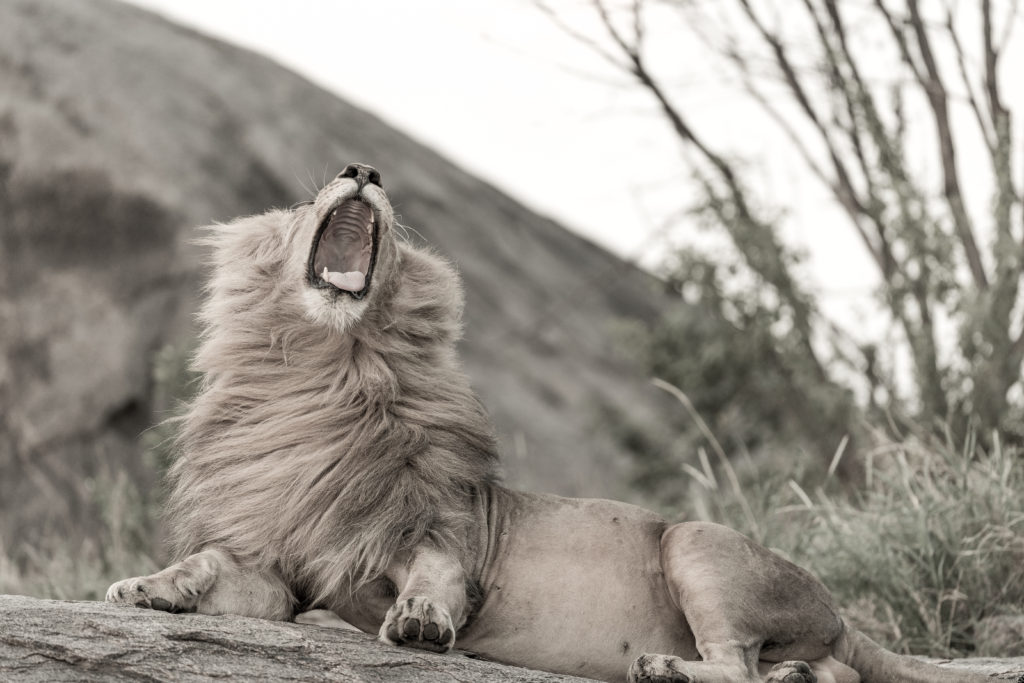
The reality is that most drives won’t render award-winning images. With so many variables, the odds are always against you. However, persistence and a real passion for wildlife are key: when it does pull off, there’s no better feeling in photography!
Love the experience
Seeing big, glowing sun come above the horizon. Hearing the birds singing their dawn chorus. Being surrounded by thousands of grazers. Feeling part of the environment, accepted by all living things around you.
No matter where you are in Africa, loving the experience is the most important thing of all. Wildlife photography is the perfect excuse to enjoy Mother Nature and in the end, will help you better tell her story. After all, that’s the ultimate aim.
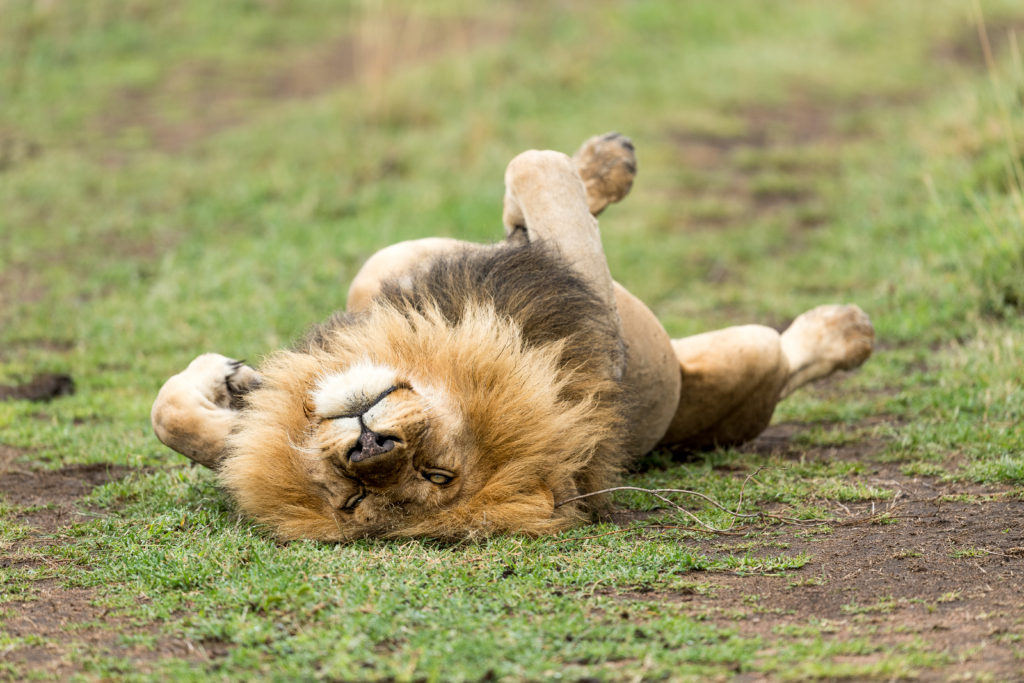
The post The Perfect Photograph in 7 Steps appeared first on Asilia Africa.
More Experiences Articles

Experience A Slow Safari
26 July 2019By Anwynn Louw – Digital Marketing Assistant The Art of Slow Travel – “Slow T...

BBC One: Serengeti – The Elephant
25 July 2019By Britta Foulis – Content Marketing Manager BBC One’s latest mi...

Four Great Locations For A Family Reunion Safari In East Africa
19 July 2019By Anwynn Louw – Digital Marketing Assistant Planning a multigenerational saf...

BBC One: Serengeti – The Baboon
17 July 2019By Britta Foulis – Content Marketing Manager BBC One‘s latest mi...
